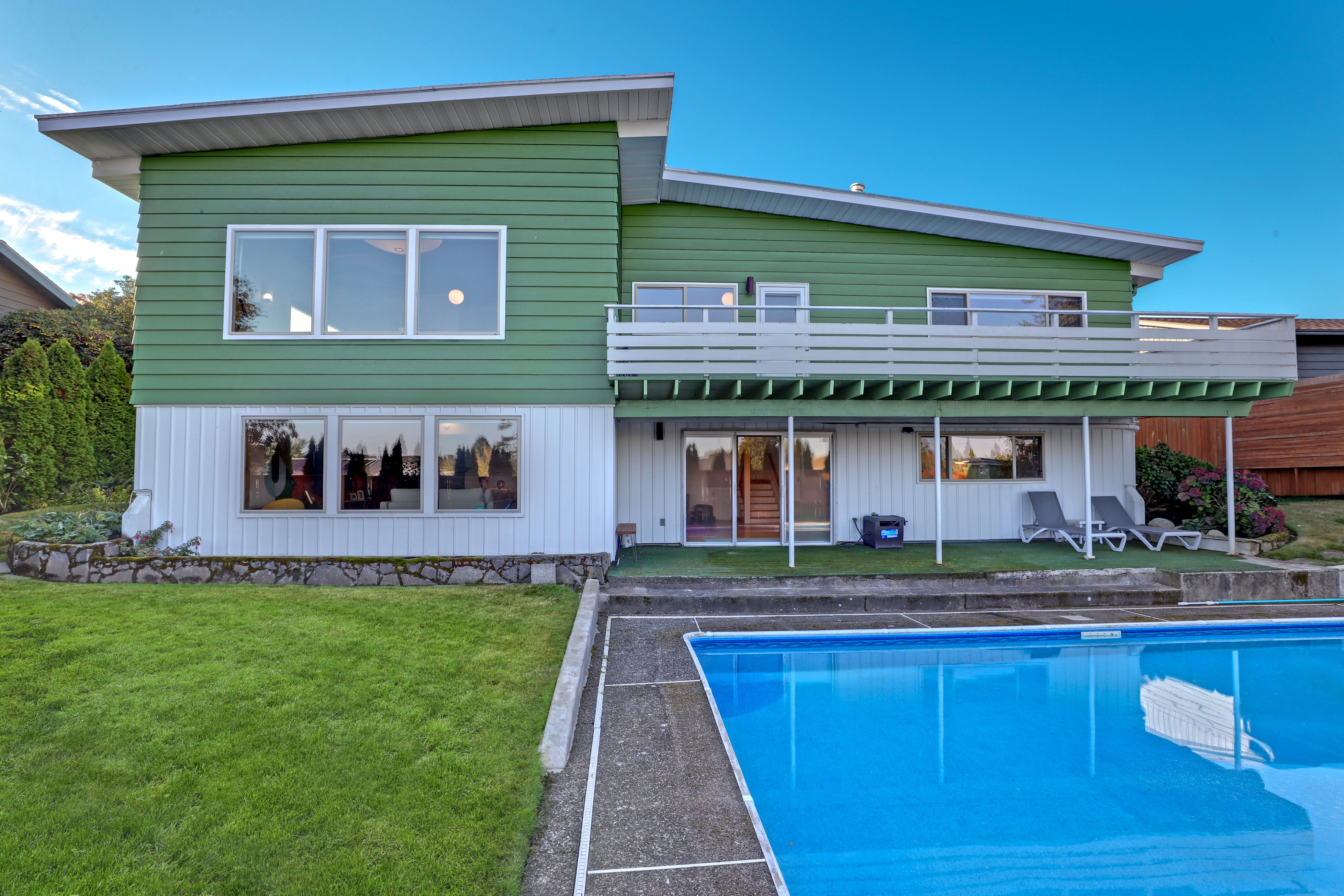The Bright Way to Design
For some designers, the stereotype of the single-minded, egomaniacal if brilliant artist holds true (see: Frank Lloyd Wright). Architecture certainly has its share of this type, in both legend and reality. And yet, ironically, collaboration is almost always a prerequisite for a built architectural product.
Perhaps this is one reason Bright Designlab and Hammer & Hand are collaborating so productively: they’re not trained as architects! (Full disclosure: I am...Oh well!) They like to share ideas – with each other, with clients, with other designers and builders, and with whoever uses the spaces they create. Collaboration brings more and better solutions; you have “different brains solving problems,” as one of them put it (it was a collaborative interview; I’m not sure who said that!).
Bright Designlab is two interior designers, Leela Brightenberg and Alissa Pulcrano. They’ve had their firm for years, but only opened their collaborative storefront/studio space with 20-year-old building firm Hammer & Hand a couple years ago. For Hammer & Hand, to have a presence in the Pearl District neighborhood was a step up in poshness from the construction company’s inner Southeast headquarters.
For Bright Designlab, it was a step into the public eye; they’d never tried to have their office studio double as a retail shop. In their case, the second floor retail space was perfect. Most of the time, a shop not being at street level (and therefore visible and easily accessible to passersby, i.e. potential customers) is a huge no-no for retailers, but in their case, it allows people to wander in but not create a swarm of distractions.
The retail shop is a secondary element of the core business for both firms, but it’s a beautiful space and great example of the design work they do. We’ll take a look at some of the furniture and cabinetry they carry – and collaborate on – in a future post, but for now we'll look at their remodeling and building projects.
Home projects are the ultimate in collaboration, after all, since they involve a client – usually a very interested individual, couple or family. And as people are increasingly staying put rather than trading up and out of their homes, they’re “focusing on their own wants and needs” more than merely on potential resale value of a remodel. “People want to put their own personality” into their home, and that’s also part of the productive collaboration the team enjoys as well.
Despite their love of modernism, and predominance of projects in that mode, neither the folks at Bright nor at Hammer & Hand are monogamously wedded to it. They point out that it’s easier to design in a “traditional” style, like Craftsman, rather than “modern.” After all, modernism seems sleek and simple, but leaves no room for error. When you go modern, you have to build with “more precision” – there’s no trim to cover up tiny gaps or human mistakes.
In a wood-filled Craftsman house, for example, you’d “use trim to slap up over transition areas” between materials. The way Daniel sees it, if you’re building a modernist home, “You have to think about the cabinet pulls when you’re pouring the foundation.” Leela admits they’ve “pushed our cabinetmakers to a new level of detail” which she “felt guilty about at first.” Luckily she got over that.
Check out four recent residential remodel projects from Bright Designlab (two are collaborations with H & H) in the slide show. (Photos are courtesy of Bright Designlab.)





